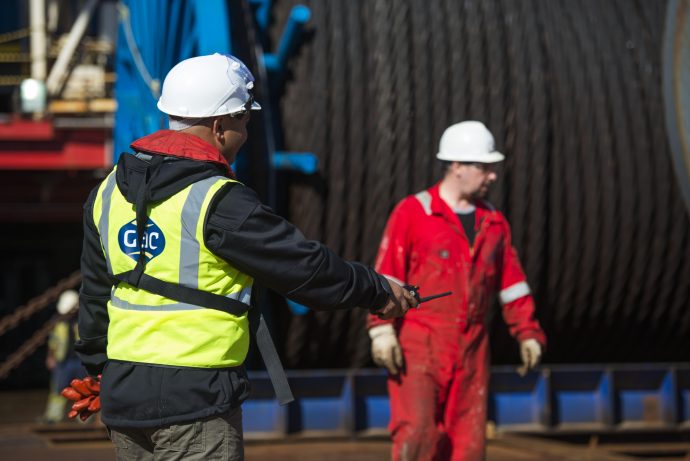Amid the noise of the G20 in early September in New Delhi, the leaders of Germany, India, Italy, Saudi Arabia, the United Arab Emirates, the United States and the European Union finalised an agreement to form a new India-Middle East-Europe Economic Corridor (IMEC).
Like the ancient Red Sea maritime route that once connected the Roman Empire to the Indian subcontinent, this new corridor aims to cement global trade between the Middle East and South Asia, and augment trade between Europe and India. But now, the sailing ships of old have been replaced by modernised infrastructural networks, modern rail and advanced port systems.
The upgraded infrastructure aims to expand economic growth, bring Middle Eastern nations together and turn the region into a hub of development. The rail and shipping corridor physically connects an extensive stretch of the world service with each one of the signatories agreeing to improve digital connectivity and expand trade between countries.
The route involves the advanced fibre optics, clean hydrogen pipelines and economic zones from India, through the Middle East, to Greece’s largest port, Piraeus Port. And it’s a massive endeavour that will require support from inside and outside the maritime industry.
Where land meets the sea
While there is not yet an established official timeline for completion, the centre of focus will be on rail and shipping. The IMEC corridor is divided into Northern and Eastern corridors with the Gulf serving as its nucleus. The Northern Corridor will connect Europe and the Gulf, with the land route made up of railway lines through Haifa port in Israel to Jordan and to UAE through Saudi Arabia. The Eastern section will connect India to the Gulf.
The plan lays a solid foundation to interlink maritime activity with land-based trade. It will also bring an increase in shared information and digitalisation developments across key land and sea ports throughout each participating region. Those involved have already pledged to address the full range of technical, design, financing, legal and relevant regulatory standards to make the project a reality.
For Gulf states in particular, the corridor is consistent with broader diversification plans for nations looking to boost their alternative energy capacity in the form of offshore wind, hydrogen and solar.

Challenges and opportunities
Having an in-person presence at ports across Europe, the Middle East and Asia will be vital if the benefits of such a project are to be realised. With more than 300 offices at key strategic ports worldwide, GAC is ideally positioned to help the international shipping community make the IMEC shipping corridor become a reality.
As a global shipping agent, GAC has built key relationships and connections with industry stakeholders across three continents that will make the establishment of new shipping routes more seamless, ensuring ships using these potential new corridors can access new markets more easily and making vessel turnaround times more effective.
“Shipping agency services become crucial when the details of these agreements need to be transformed into practical activities to build hubs around key points on the IMEC,” said Lars Hardeland, GAC’s Group Operations Director, Shipping. “We are ideally placed in all three regions and can play a key role in seamlessly connecting shipping stakeholders.
“At the heart of this new proposed shipping corridor is the Middle East. With a deep-routed history in the Middle East and a major presence across the region, as well as Europe and Asia, we hope to be able to expand our industry-leading portfolio of services to support the vision of a faster and more sustainable trade for new and existing customers”.

IMEC presents a major opportunity to unifying some of the world’s leading markets and interlocking development. At its core will be the industry partners that have the expertise, capacity and global reach to support these ambitious aims. GAC is proud to have the historical and current reach to ensure customers realise the real benefits of these potential shipping corridors.